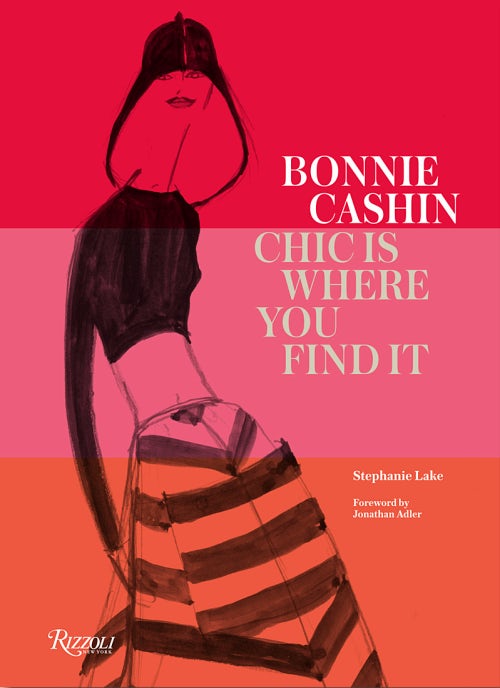Colin McDowell: Tomes of the Times
July 1, 2016 – Stephanie Lake
Bonnie Cashin: Chic is Where You Find It
More modest in every way is “Bonnie Cashin: Chic is Where you Find It,” (Rizzoli). Never the less, this is an important and overdue portrait of a visionary whose ground-breaking approach to American fashion makes her the earth mother to virtually every New York designer who came after her. Along with Clare Potter and Claire McCardell, Cashin broke entirely with the watered-down copies of Paris originals that were the basis of New York designer fashion throughout the late ‘30s and WWII, and set it off on the path of indigenous clothes that were chic but informal. Reflecting American women's lives and attitudes, these looks were a million times removed from the European idea of fashion at the time. This book, with its intimate and moving commentary by Stephanie Lake, shows that Cashin really was American fashion's pioneer in the late ‘30s — and continued to be so almost to her death.
The chain of creativity runs something like this: Cashin, Perry Ellis, Calvin Klein, Isaac Mizrahi, Marc Jacobs — and it is still continuing. Simon Doonan's suggestion to current designers, although in some ways negative is, in another, totally apropos: “There is no way you can ever be as diverse, prolific and utterly brilliant,” as Bonnie Cashin was.
In other words, they broke the mould after her. In a sense, they could do so because Cashin thought of everything first. The capsule wardrobe, jersey evening dresses, layering, the purse pocket, industrial fastenings, mohair as high fashion, perma-pleated garments well before Pleats Please and, above all, leather and suede in her pioneering work for Coach, were all given the glamour treatment by her, long before others jumped on the band wagon and followed her lead. I think this intelligent and passionate book should be on every designer's bedside table, because we do not see any real visionaries like Bonnie Cashin these days: A woman well before her time, whose clothes still stand up — and out — in today's playpen of fashion design.
This really is a great book. It makes clear Bonnie Cashin's importance in the history of fashion generally and specifically to the American approach to female dress — an approach which stems directly from this woman's work, so well illustrated and explained in this exemplary record of her truly special talent.
